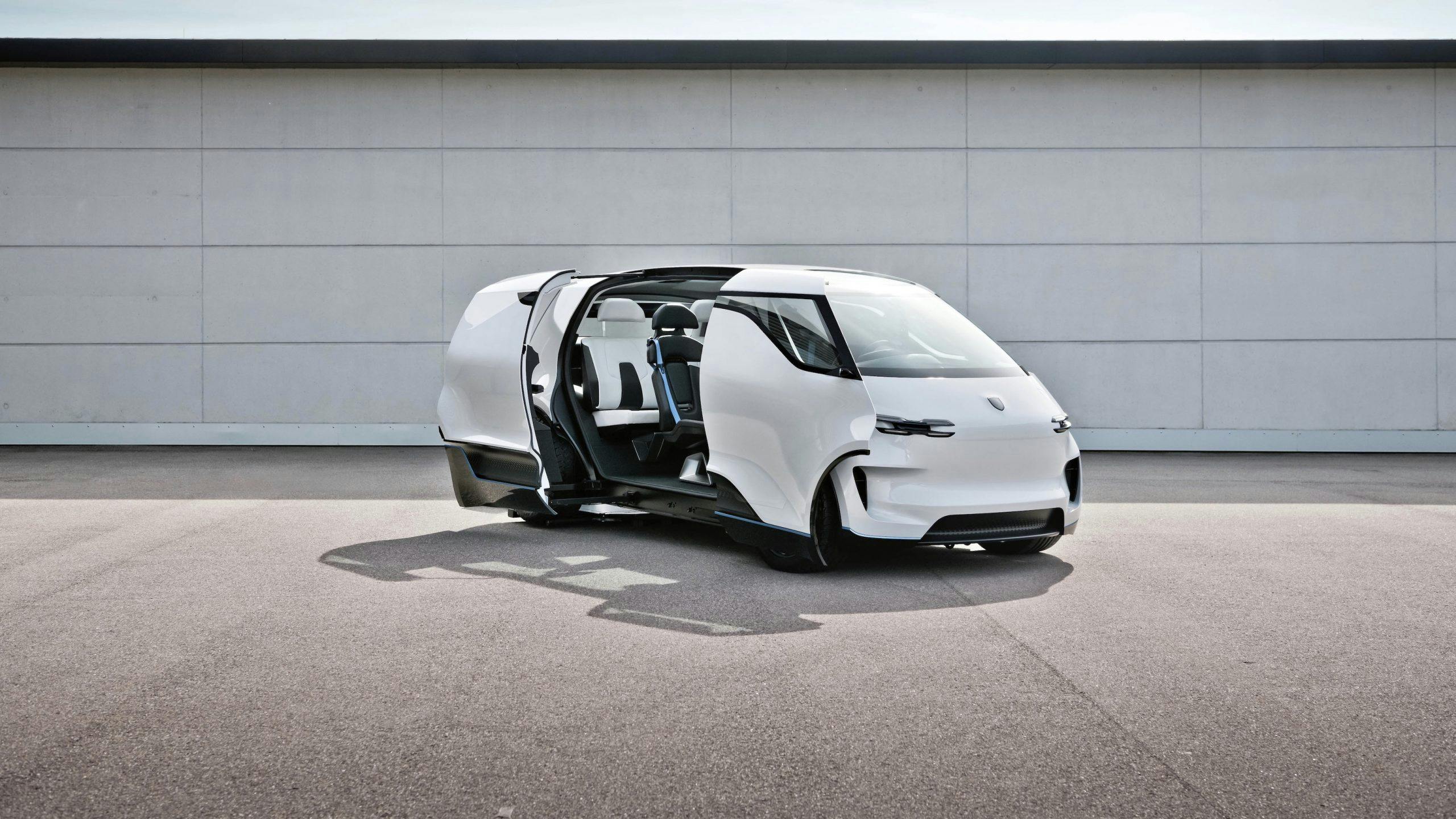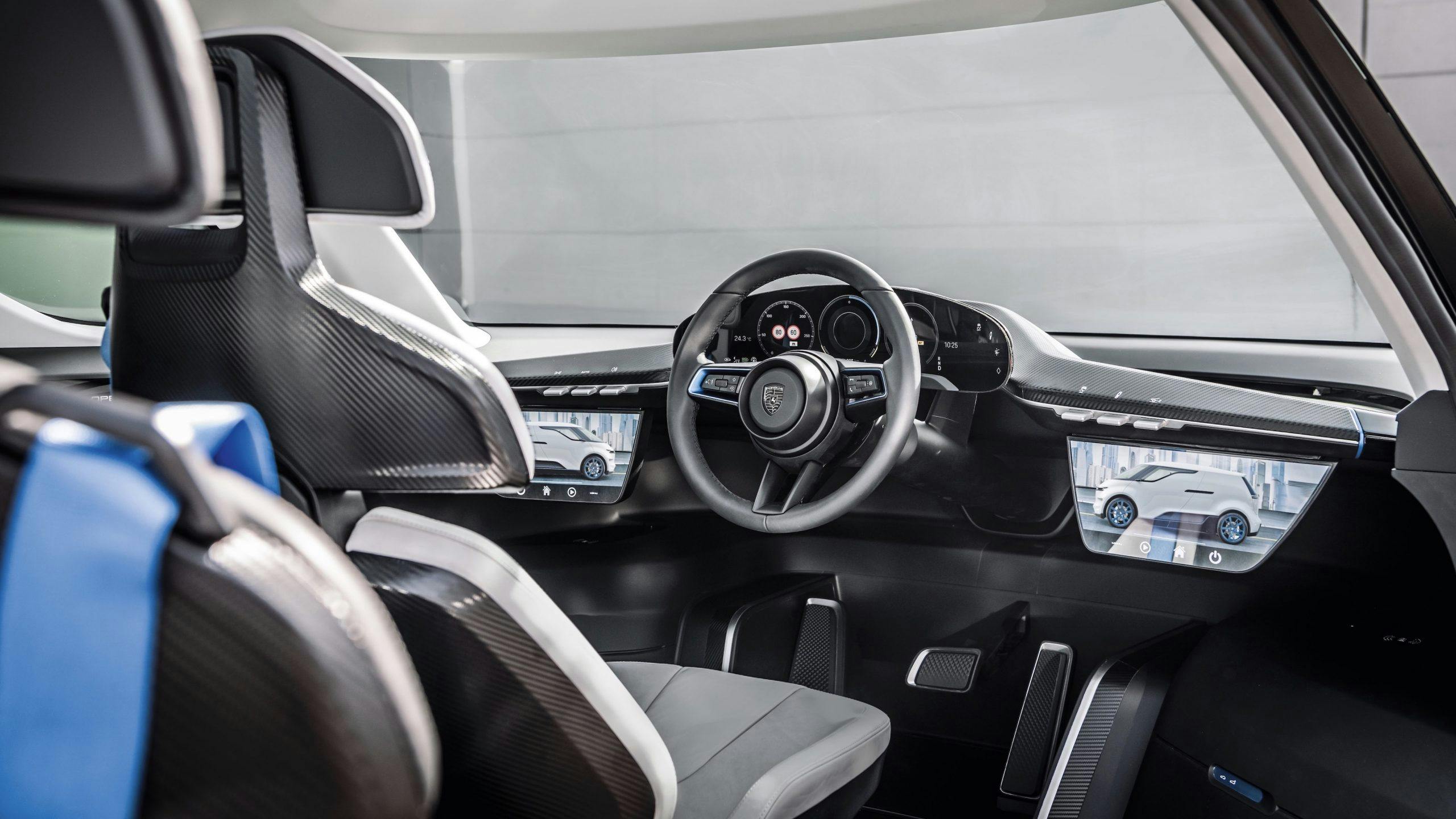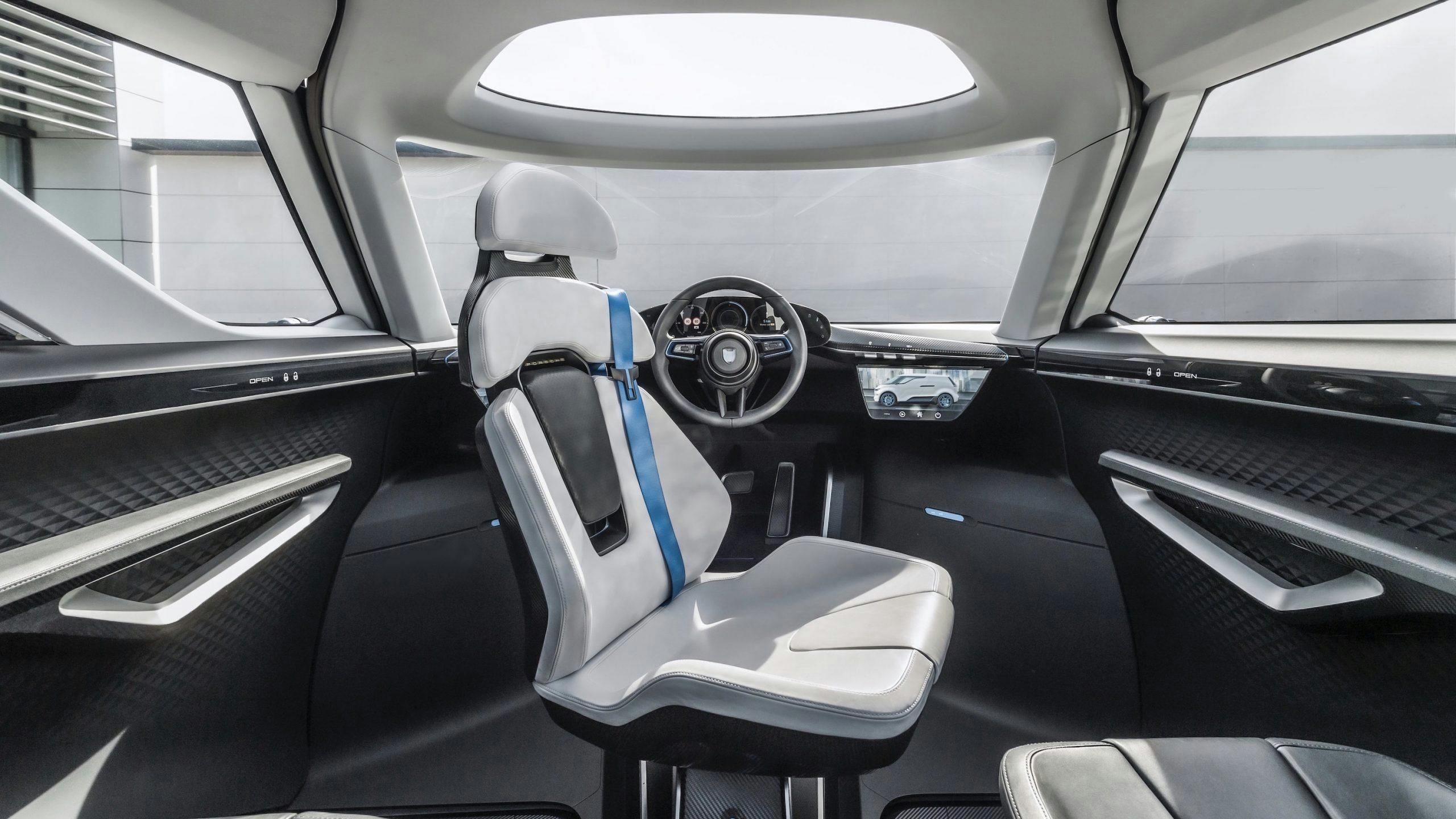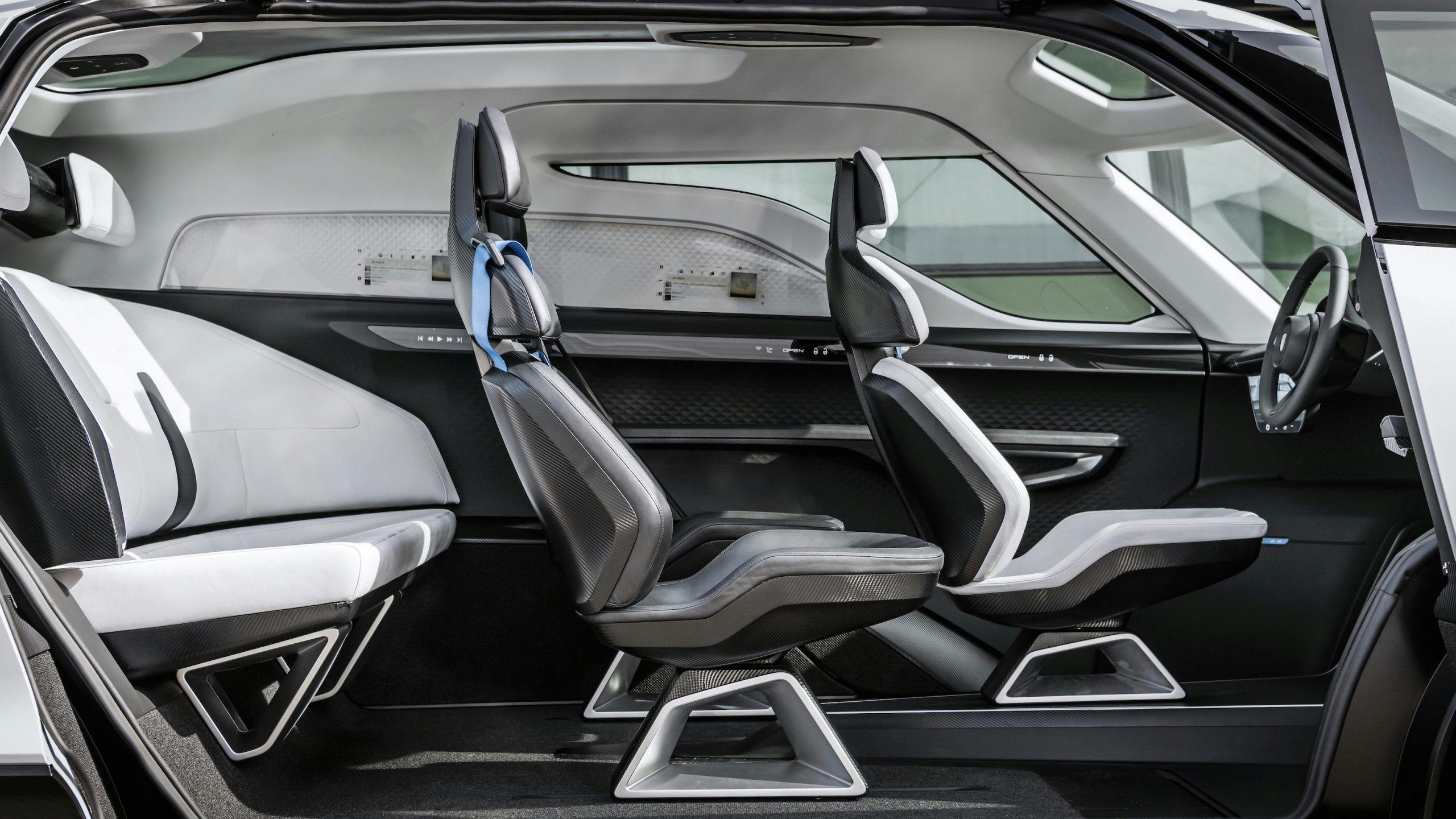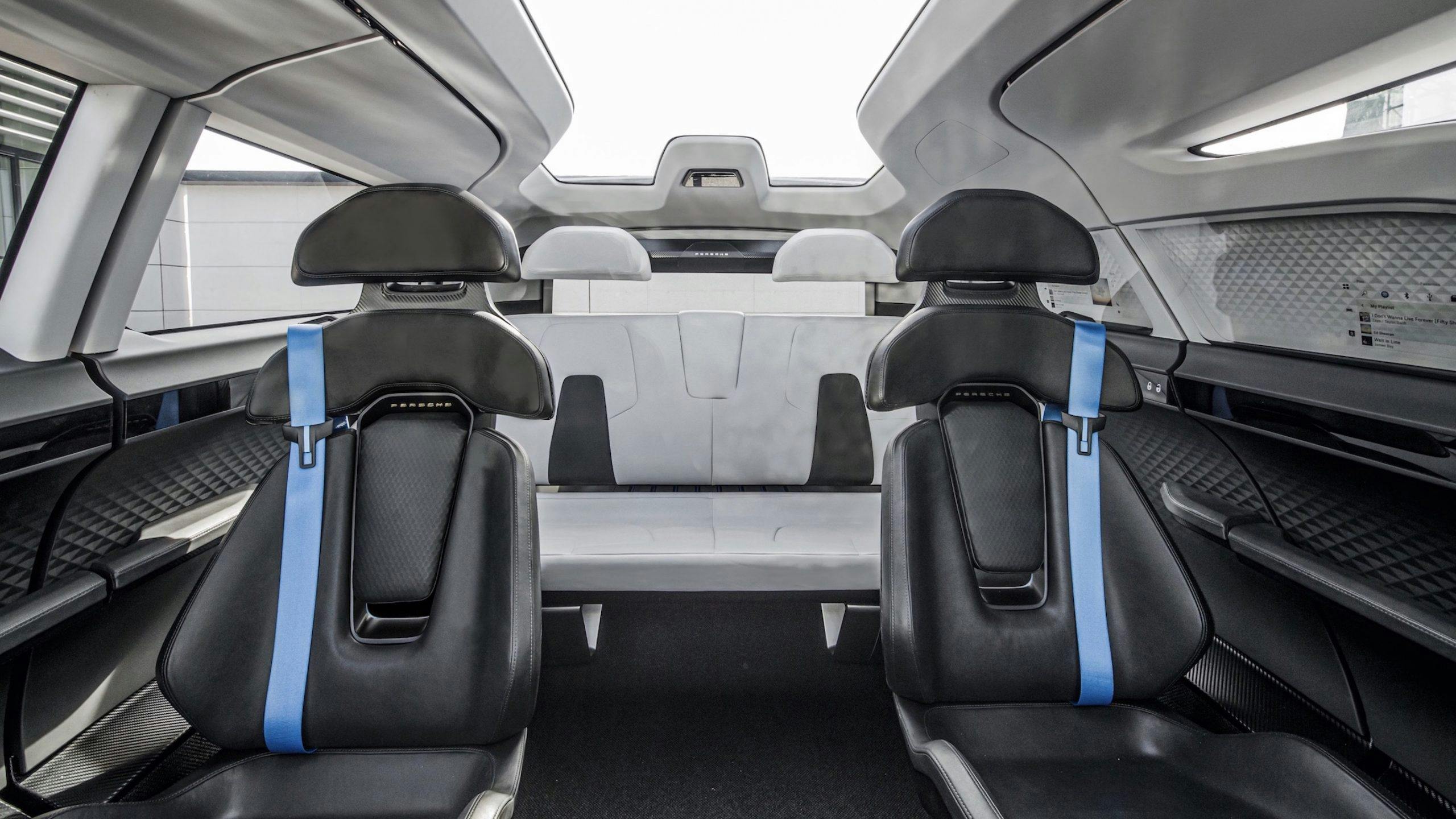NASA’s moon-going car celebrates 50, whittling a mini V-8, an ’80s-inspired restomod
50 years ago, NASA put a car on the moon
Intake: There’s nothing like taking a drive on a warm, moonlit evening. Imagine actually driving on the moon. Apollo 15 astronauts Dave Scott and Jim Irwin didn’t have to imagine it. Fifty years ago, on July 31, 1971, they took the lunar rover for its first spin on the moon. Built by Boeing and General Motors and described by The New York Times as “foldable, durable, (and) battery-powered,” the two-person rover featured an exposed chassis, umbrella-like antenna, and wire wheels.
Exhaust: The lunar rover looked like no car on earth, and no car on earth was asked to do what it did. It proved invaluable to the last three lunar missions, as it offered astronauts the opportunity to collect remote samples that they couldn’t have otherwise reached. It represents a historic partnership between the auto industry and space exploration.
A tiny V-8 made from wood is the best kind of weird
Intake: Historically, engines have been produced using a multitude of materials, but wood has been one that never quite made the cut. Generic Woodworking thought it might be fun to see just how small you could make a functioning crankshaft out of the fibrous material, and the result is pretty darn impressive. After drilling a few blocks to create cylinders, a crankshaft is pieced together using metal pins between the wood connecting rods.
Exhaust: To be honest, it’s not a great teaching prop, but this wooden mockup does reveal why the internal combustion engine has had the same basic shape for the last 100 years. A crankshaft like this is the simplest solution to the problem of converting horizontal motion into circular motion. The concept scales from this coin-sized V-8 to the monster diesel engines that power ocean-going ships—and that is deeply cool.
This Renault 5 restomod is a Los Angeles Legende

Intake: L.A. based Legende Automobiles has turned up the heat on the Renault 5 Turbo 2. The California tuner imagined what a “no compromises” 5 would be like and set to work. The extra-wide body is mostly carbon fiber, the rear wing is extended, air curtains are integrated into the C-pillars, and there’s a two-piece diffuser at the back. The front incorporates a new facia with air intakes aplenty and neat LED headlamps. The original 14-inch rims have been swapped for 16-inch deep-dish wheels at the front and 17-inch versions for the driven wheels. What actually drives those wheels remains a mystery for now, although a 400-hp output has been bandied about. Inside, the car features race seats, a full cage, a quartic steering wheel, plus three pedals and a stick. A large screen replaces traditional instruments. No price or spec for the car, dubbed Turbo 3, has yet been revealed as yet.
Exhaust: “In a world that has become increasingly more digital, we were yearning for a time machine that could transport us back to the analog ’80s,” explains Legende Automobiles. “What if there were no compromises? What if we took the best bits of both cars and used technology only to improve the electrics and weight of the car?” What, indeed.
Your open-air 765LT has finally arrived

Intake: For those who would like to tousle their hair at truly alarming speeds, McLaren has built a Spider version of its bonkers 765LT. Essentially a lightly disguised track special, the 765LT is motivated by a tuned version of the 720S’ four-liter, twin-turbo V-8 equipped with some Senna goodies, such as a three-layer head gasket. Total power is the same for the Spider as the coupe: 755 hp and 590 lb-ft of torque. The Spider’s exotic, retractable carbon-fiber hardtop adds some weight, but not much: 108 pounds for top and lowering mechanism, McLaren says. The convertible’s 0–60-mph time, for those bench racers out there, only suffers by .1 second. McLaren will build—you guessed it—765 of them.
Exhaust: A droptop track-special is, by definition, a vehicle of split purpose. We don’t imagine many of these Spiders will rash their carbon-fiber bits on any candy-striped curbing, but that doesn’t make McLaren’s work any less impressive.
Porsche opens up its Renndienst concept van
Intake: The Renndienst, or “racing service,” minivan is a 2018 Porsche concept first revealed last year in Porsche Unseen, a glossy book of 15 design projects that never left the company’s studio. Porsche conceived the project as an all-electric, high-performance people mover with autonomous driving capability and has now offered a look at how its stylists took a fresh look at interior design. The highlight has to be the single centrally-mounted driver’s seat which gives second-row passengers an uninterrupted view of the road ahead–and makes the driver feel like a fighter pilot as a bonus. In autonomous mode the seat can swivel round to create a lounge-style space for all aboard to enjoy some chitchat while the car does the work. Designer Ivo van Hulten confesses to being a Knight Rider fan, saying “K.I.T.T., the talking car, fascinated me. The strong team of the protagonist and his vehicle really captured my imagination. I connected with the car because it had a soul.”
Exhaust: There’s little chance of the Renndienst taking over school runs or soccer-practice duties any time soon, but some of the materials, such as natural wood, and the digital controls with haptic feedback may well influence Porsches of the near future.
Alpina’s not yet sold on an electric future

Intake: BMW may be hurtling towards electrification at light speed, but that doesn’t mean fabled tuner Alpina is along for the ride. In an interview with Bimmertoday, Alpina boss Andreas Bovensiepen noted that a survey sent to existing customers revealed no pressing demand for a battery-powered vehicle. Bovensiepen said that some European customers were driving as much as 31,000 miles per year, often with periods of heavy acceleration and high sustained speeds—both things that harm EV range.
Exhaust: We’re torn here. On one hand, wafting along in an electric Alpina and riding tidal waves of electric torque sounds delightful. On the other hand, Bovensiepen’s comments make sense—those things reach EV range. If Alpina customers really are rolling 30,000 miles a year, they’re likely doing long, continent-flattening road trips, so we’re not surprised to see this stance from the brand. But with the entire automotive industry—and regulations the world over that drive carmakers’ product decisions—seemingly headed toward pure electric vehicles, one wonders how long Alpina would truly be able to play the holdout.

